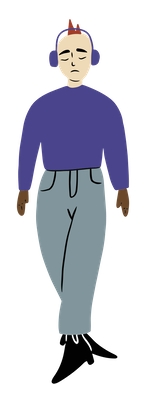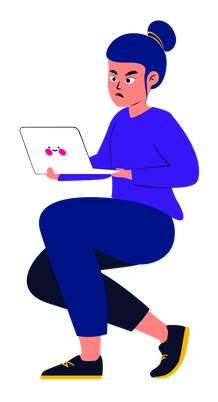Signs of Domestic Abuse
Contrary to common belief, spotting domestic abuse can be very hard. The COVID-19 pandemic and home office have definitely made that trickier. Here's things to look out for.
The first thing to keep in mind when it comes to spotting domestic abuse is that likely both the perpetrator -in fear of condemnation and ostracism- and the victim -out of shame- will do their utmost to keep a facade.
The second thing is that taking physical and sexual injuries aside, signs of domestic abuse are not always obvious to an outsider as such.
Instead of looking for clear signs, we recommend looking for a combination of and/or an intense degree of changes and/or signs in three categories: work productivity, behaviour and physique.
The types of signs
Test your knowledge
Last updated


